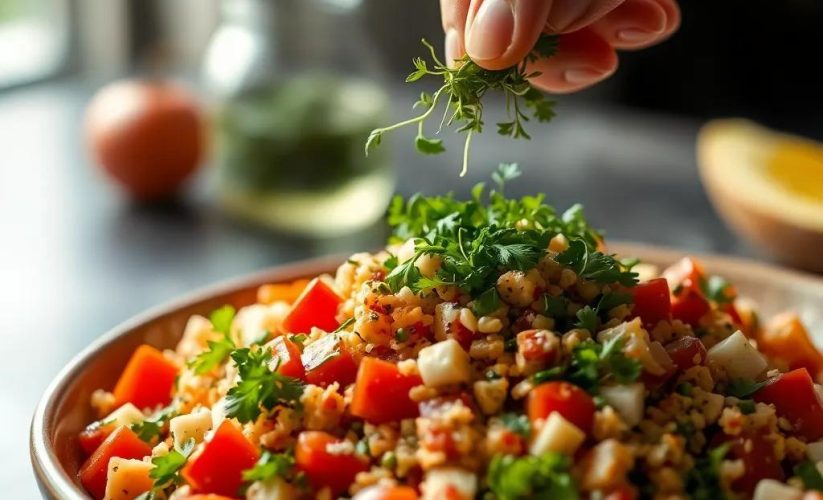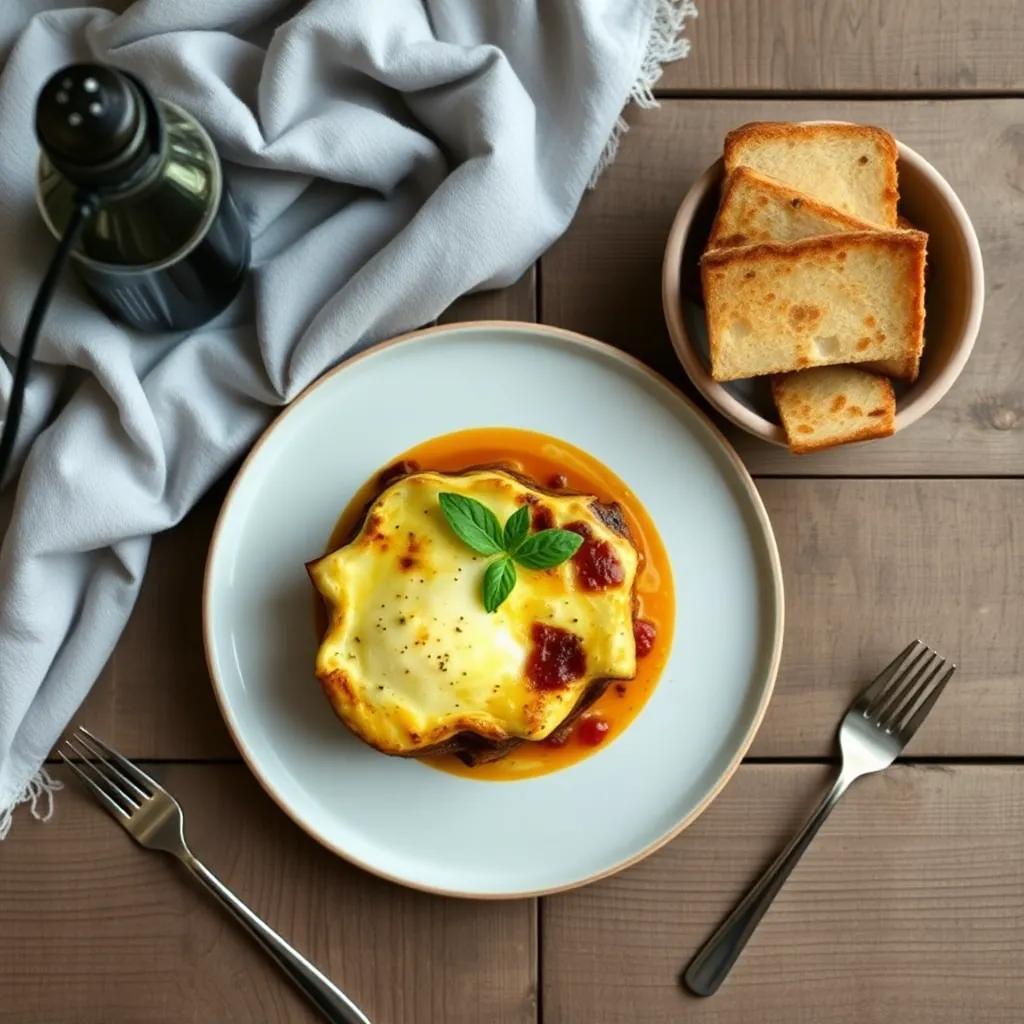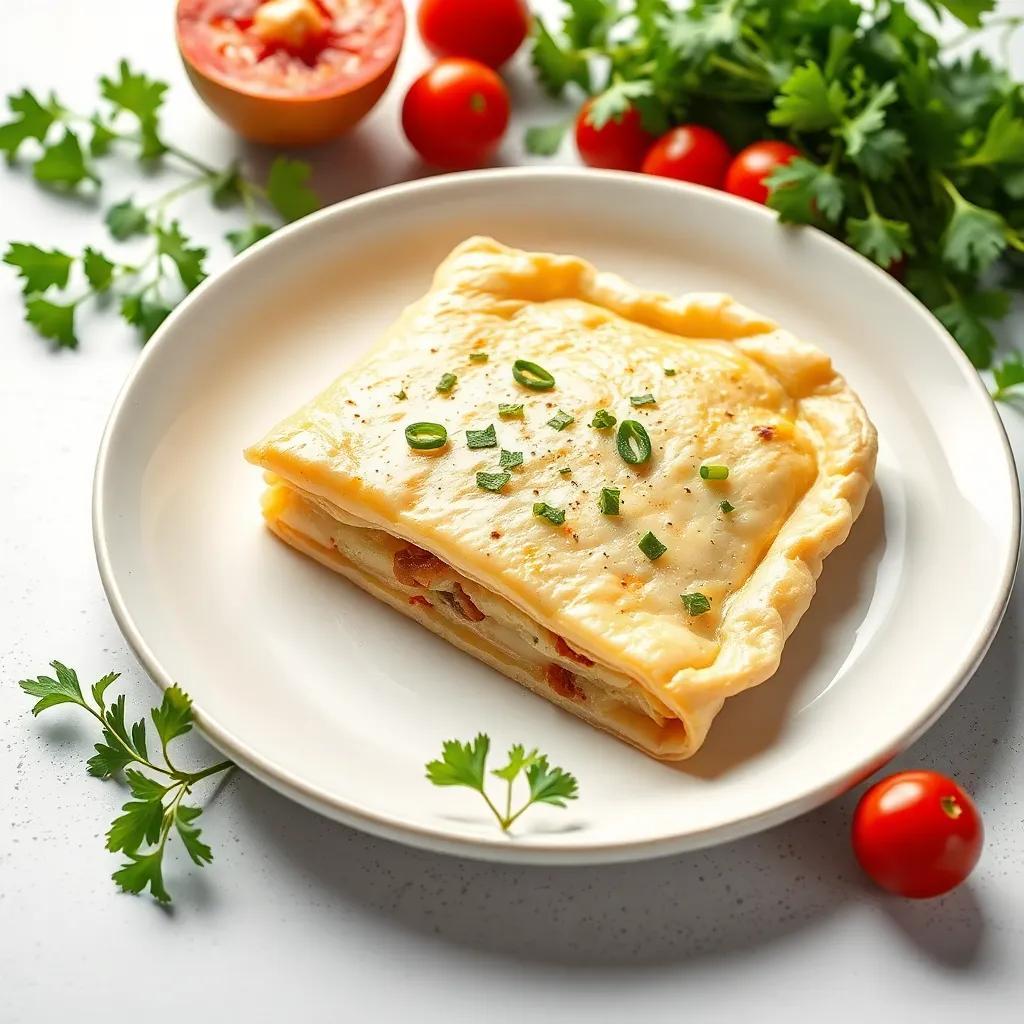Unlock Authentic Flavor: Easy Homemade Lamb Gyro Recipe Guide
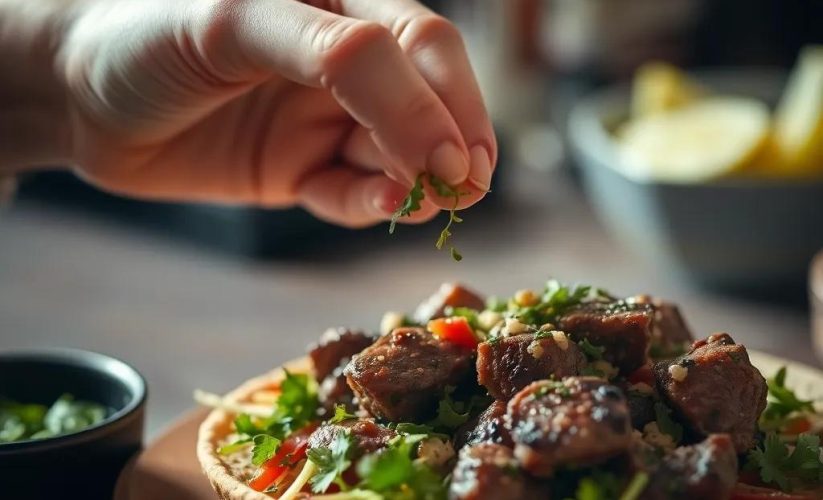
Unlock Authentic Flavor: Easy Homemade Lamb Gyro Recipe Guide
🌍 Cuisine: Greek
⚙️ Difficulty: Medium
Ingredients
Nutrition Facts
520
Instructions
- In a large bowl, combine ground lamb, minced garlic, chopped onion, oregano, cumin, smoked paprika, cinnamon, salt, and pepper. Mix thoroughly until all ingredients are evenly incorporated.
- Cover the mixture and refrigerate for at least 30 minutes to let the flavors meld.
- Meanwhile, prepare the tzatziki sauce by mixing Greek yogurt, grated cucumber (squeezed to remove excess water), lemon juice, and chopped fresh dill in a small bowl. Season with salt and pepper to taste. Refrigerate until ready to serve.
- Heat olive oil in a large skillet over medium-high heat.
- Add the lamb mixture and cook, breaking it apart with a spatula, until fully browned and cooked through, about 8-10 minutes.
- Warm the pita breads briefly in a dry skillet or oven until pliable and lightly toasted.
- To assemble, spread a generous spoonful of tzatziki sauce on each pita bread.
- Top with cooked lamb, sliced tomatoes, red onions, and lettuce.
- Fold the pita around the fillings and wrap in parchment paper or foil for easy eating.
- Serve immediately, optionally with extra tzatziki on the side.
Serving Suggestions
- Serve with a side of Greek lemon potatoes for a hearty meal.
- Add a sprinkle of crumbled feta cheese inside the gyro for extra tang.
- Offer a fresh Greek salad with olives, tomatoes, and cucumbers alongside.
- Pair with a chilled glass of white wine like Assyrtiko or a light beer.
- For a spicy kick, add sliced jalapeños or a drizzle of hot sauce to the gyro.
- Serve with warm pita chips and hummus as an appetizer before the gyros.
- Use leftover lamb gyro meat in a wrap or salad the next day for a quick lunch.
Table of Contents
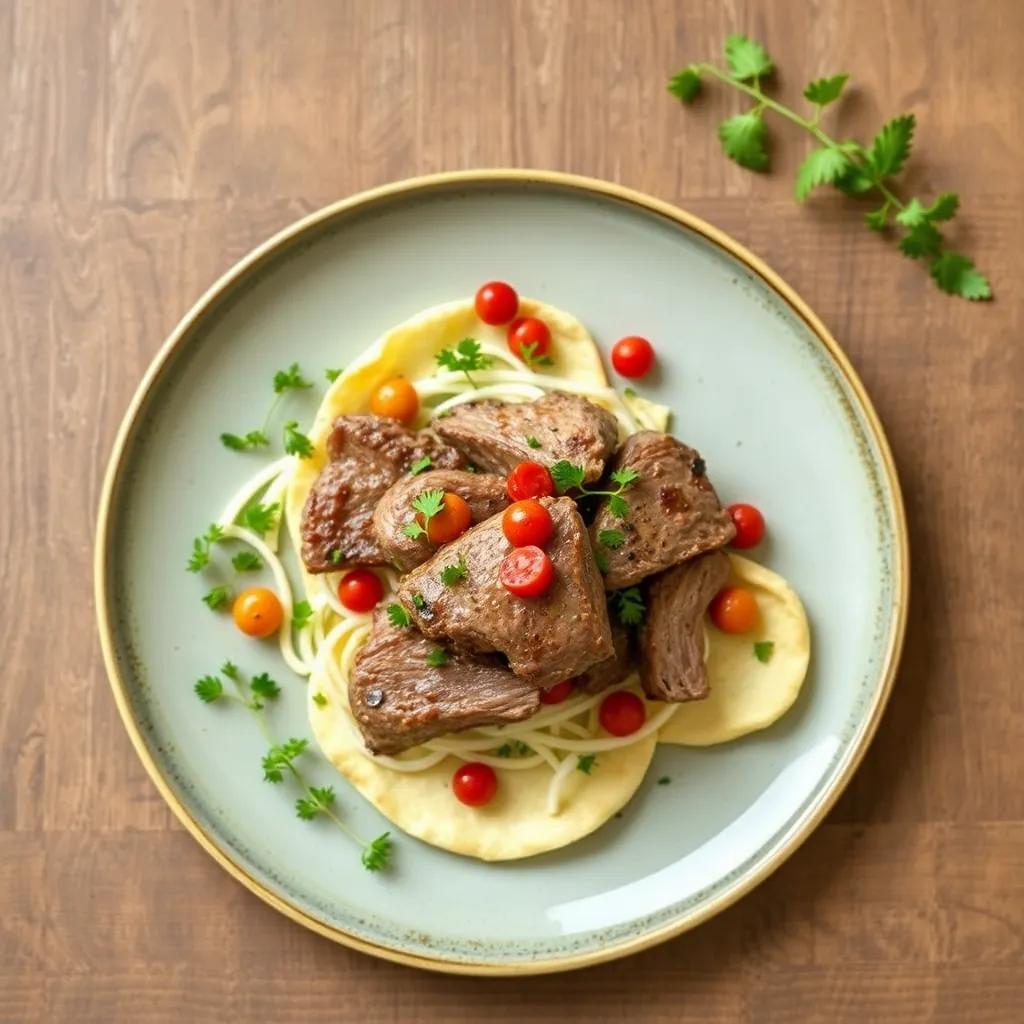
Intro
There’s something truly special about crafting lamb gyros at home—a dish that balances rustic simplicity with layers of rich, vibrant flavor. This recipe invites you to bring a taste of Greece right to your kitchen, combining juicy, spiced lamb with the fresh creaminess of homemade tzatziki and the soft embrace of warm pita bread. Whether you’re aiming to impress at a casual family dinner, elevate your next weekend gathering, or simply treat yourself to a satisfying meal, these gyros hit the perfect note between hearty and refreshing.
What makes this homemade version particularly exciting is how approachable it is without sacrificing authenticity. It’s a satisfying project: you get to enjoy the process of blending aromatic spices and fresh herbs, and the reward is a meal that’s customizable and bursting with personality. No need for complicated equipment or long marinating times—just straightforward steps that build flavor and bring everyone to the table.
Perfect for sharing, these gyros also lend themselves well to variety, inviting you to pair them with crisp salads, hearty sides, or even enjoy them wrapped up for a quick lunch the next day. Whether you’re a seasoned cook or a curious beginner, this guide opens the door to savoring one of Greece’s most beloved street foods anytime you like.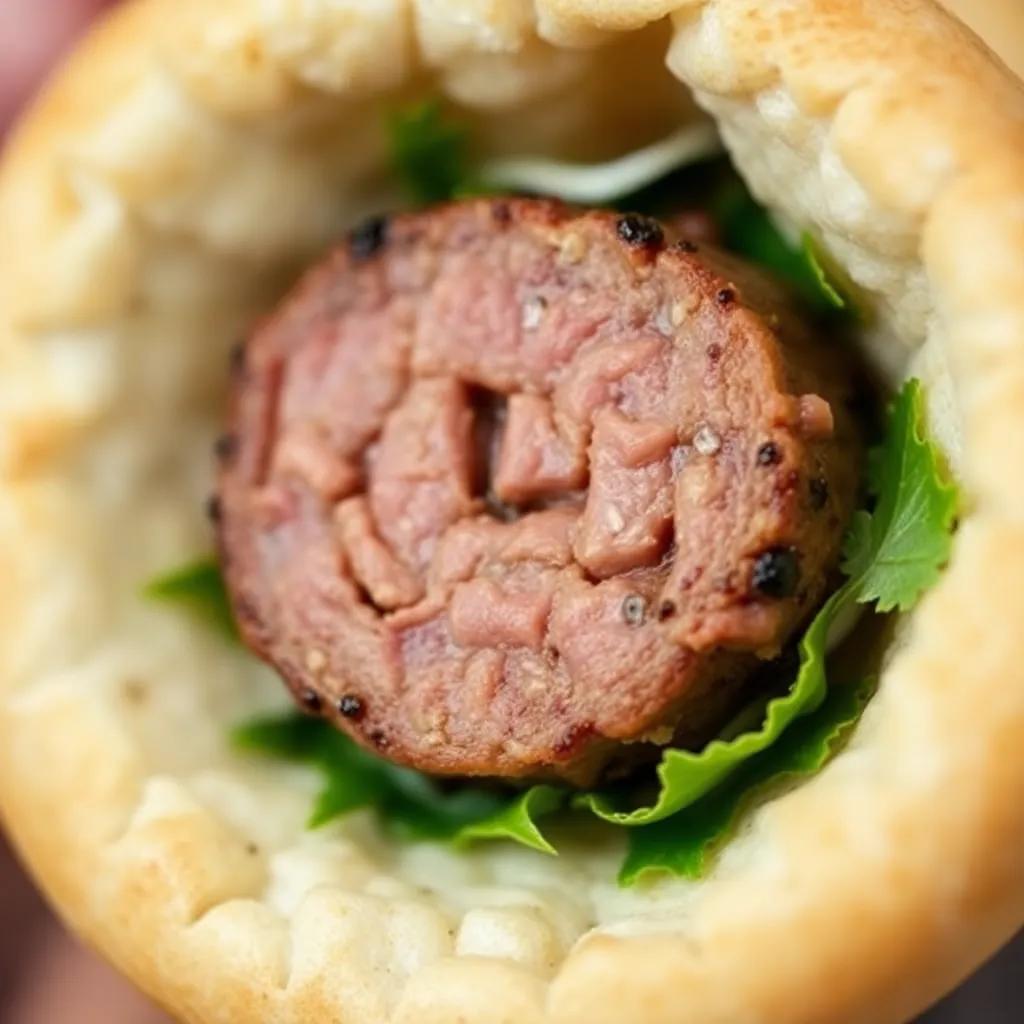
Ingredient Notes
When unlocking the authentic flavor of lamb gyros, a few key ingredients quietly steal the spotlight, each contributing depth and character essential to this classic Greek favorite. Understanding these ingredients helps you make informed choices and elevate your homemade gyros beyond the ordinary.
Ground Lamb: The heart of this recipe, ground lamb, offers a rich, robust flavor profile that’s earthier and more succulent than beef or chicken. When selecting lamb, look for meat that is fresh with a balanced fat content—around 15-20% fat usually works best to keep the gyro juicy without being greasy. If lamb is hard to find or you prefer something lighter, ground beef or a mix of beef and pork can be acceptable substitutes, though the distinctive lamb aroma and taste will be less pronounced.
Dried Oregano: A staple in Greek cooking, dried oregano delivers a warm, slightly bitter herbaceousness that pairs beautifully with lamb’s richness. When buying oregano, opt for high-quality, aromatic dried leaves rather than powdered, as whole leaves tend to preserve their flavor better over time. For a fresh twist, you can also use fresh oregano, but reduce the quantity since fresh herbs are more potent.
Greek Yogurt: The base of the tzatziki sauce, Greek yogurt lends creaminess and tang while providing that unmistakable Mediterranean character. It’s important to use full-fat or at least 2% Greek yogurt for a thick, luscious texture that stands up well inside the gyro. If you’re short on Greek yogurt, plain strained yogurt works, but regular yogurt won’t provide the same creaminess and may result in a thinner sauce.
Grated Cucumber: Fresh cucumber adds crispness and moisture to the tzatziki, balancing the richness of the lamb. The key is to grate the cucumber finely and then squeeze out as much water as possible—excess moisture can dilute the sauce, making it runny. If fresh cucumbers aren’t available, finely chopped or julienned cucumber can be used, but be mindful of draining well before mixing.
By paying special attention to these ingredients—their quality, preparations, and subtle substitutions—you’ll maintain that authentic gyro flavor and texture that keeps everyone coming back for more.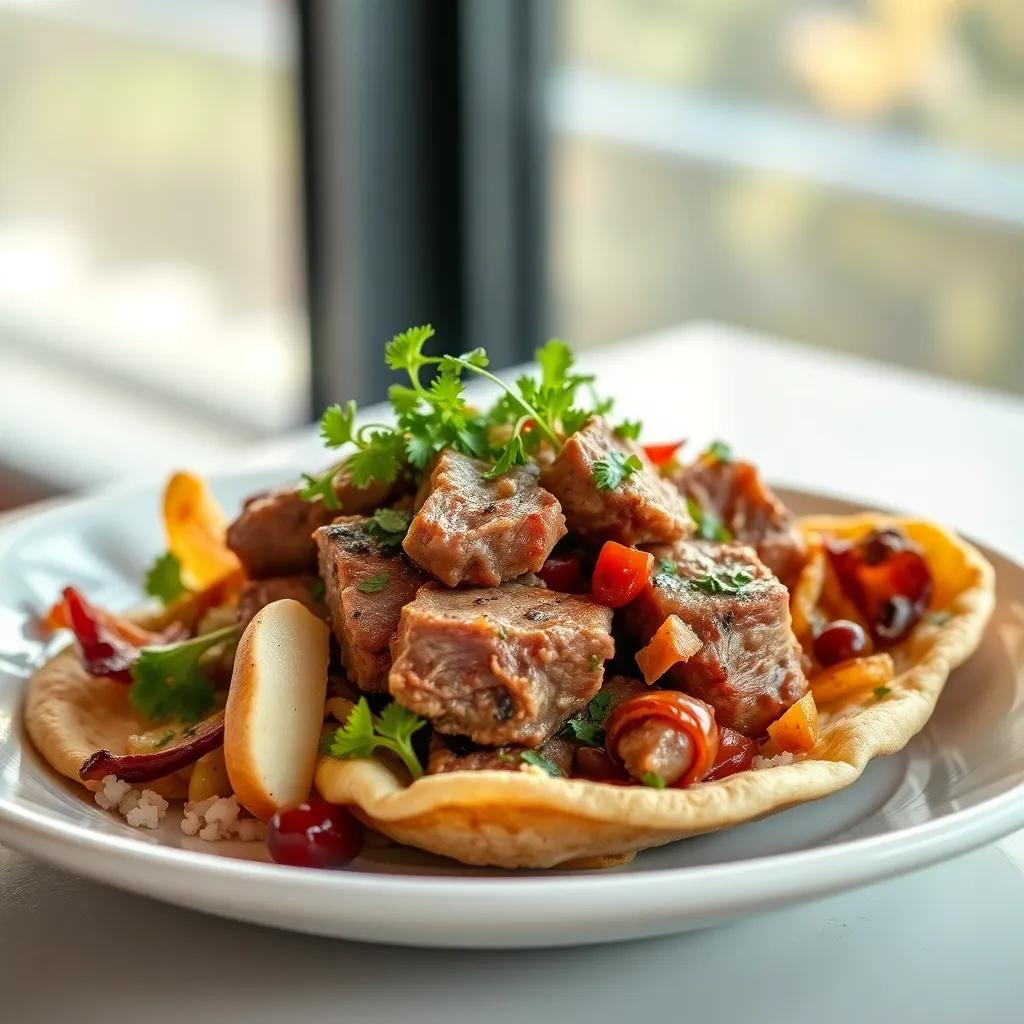
Tips & Variations
Mastering the art of homemade lamb gyros opens up exciting possibilities for customization and flavor tweaks that can make this classic Greek favorite uniquely yours. Here are some pro tips and creative variations to elevate your gyro experience, whether you’re tailoring to personal taste preferences or addressing dietary needs.
- Lock in Flavor with Rest Time: Don’t rush the seasoning step! Allowing the spiced ground lamb mixture to rest in the fridge for at least 30 minutes (or even a few hours) helps the spices meld deeper into the meat. For an even richer taste, prepare the meat the day before and refrigerate overnight. This simple step transforms the flavors from good to unforgettable.
- Texture Tweaks: For a lighter, fluffier gyro filling, try mixing in a small amount of finely chopped or grated onion and a splash of milk or water before cooking. This gently loosens the meat without compromising the savory charm. Alternatively, for a firmer texture, press the cooked meat mixture into patties and grill or pan-sear them before slicing.
- Spice It Up or Tone It Down: Adjust the heat by swapping smoked paprika with hot paprika or adding a pinch of cayenne or Aleppo pepper for subtle warmth. If you prefer milder flavors, reduce the cumin and cinnamon slightly and lean more heavily on oregano and garlic, preserving that signature Greek herbaceousness.
- Pita Bread Alternatives: While traditional pita works beautifully, you can experiment with gluten-free flatbreads or lettuce wraps for a low-carb option. Another tasty variation is to use warmed naan or tortilla wraps for a different texture and shape, especially if feeding a crowd with diverse preferences.
- Vegetarian and Vegan Versions: Substitute ground lamb with plant-based ground “meats” made from soy, pea protein, or mushrooms seasoned with the same spice blend for depth. To replicate the tzatziki, try vegan yogurt (coconut or almond-based) combined with grated cucumber, lemon juice, and fresh dill. Adding caramelized eggplant or grilled portobello mushrooms also lends a satisfying umami twist.
- Creative Toppings and Add-Ins: Beyond the classic tomatoes, onions, and lettuce, think about adding roasted red peppers, pickled jalapeños, or even a handful of crispy fried potatoes inside the gyro for textural contrast. A sprinkle of feta cheese or a drizzle of pomegranate molasses can add brightness and complexity.
- Herbs & Flavor Boosters: Fresh mint or parsley stirred into the meat mixture or sprinkled on top can bring a refreshing note. Consider adding a teaspoon of sumac, a tart Middle Eastern spice, to the seasoning mix or garnishing with it for a tangy finish.
By experimenting with these subtle adjustments and swaps, you not only honor the classic Greek flavors but also tailor the lamb gyro to your kitchen, your crowd, and your cravings. Whether you’re looking for traditional authenticity or a modern twist, these tips and variations let you unlock a world of delicious possibilities.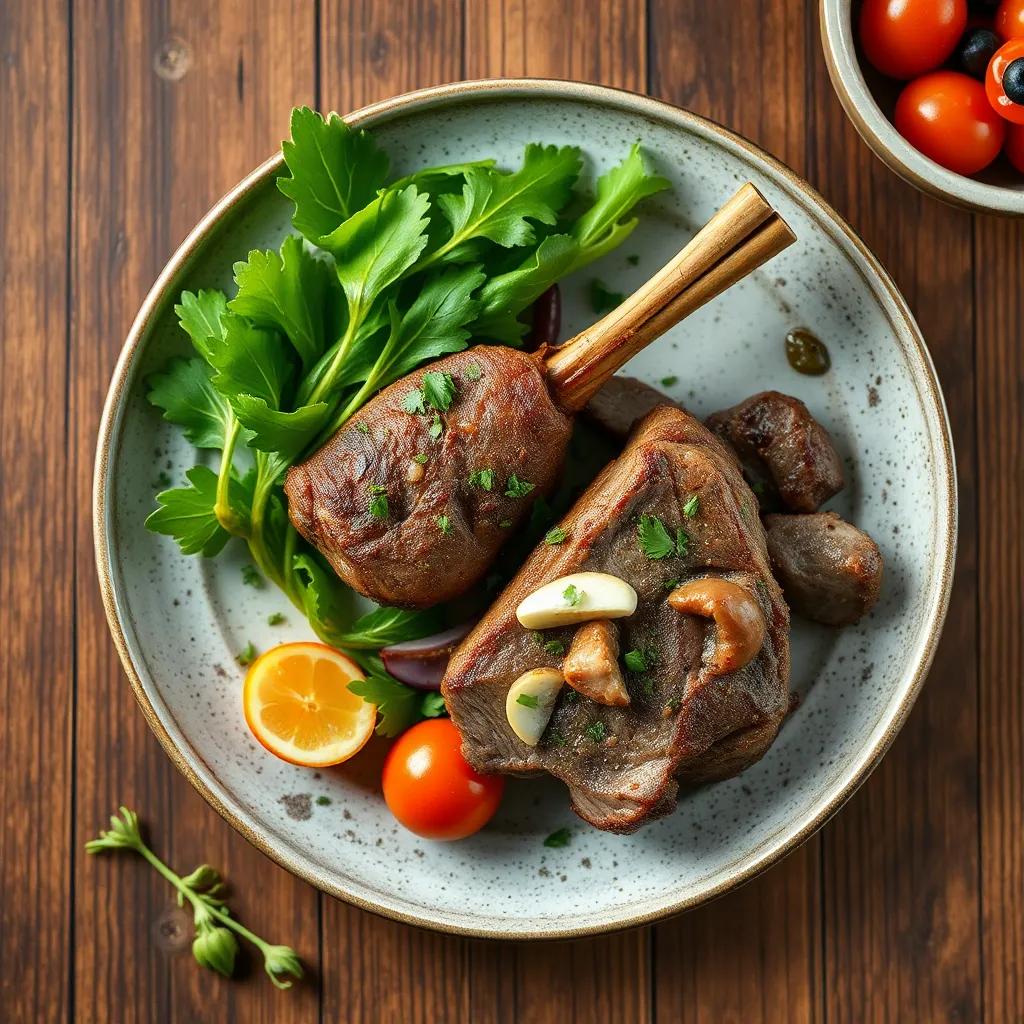
Leftovers & Storage
After enjoying your homemade lamb gyros, you might find yourself with some leftover meat, tzatziki, or even pita bread—fortunately, this recipe stores quite well, making it perfect for meal prepping or enjoying delicious seconds later in the week. Proper storage is key to preserving flavor, texture, and food safety.
For the cooked lamb filling, allow it to cool to room temperature (but don’t leave it out longer than two hours) before transferring it to an airtight container. Stored in the refrigerator, the seasoned lamb will stay fresh for up to 3 to 4 days. When you’re ready to enjoy leftovers, gently reheat the meat in a skillet over medium heat or warm it in the microwave, stirring occasionally to prevent dryness. Avoid overheating, as lamb can quickly become tough if cooked too long.
The homemade tzatziki sauce is best stored separately in a sealed jar or container to maintain its creamy texture and fresh flavor. It will keep well in the fridge for about 3 to 5 days but may need a quick stir before serving to reincorporate any separated liquid. Because of the fresh cucumber and yogurt, freezing tzatziki is generally not recommended—the texture becomes grainy and watery upon thawing.
If you have leftover pita or flatbreads, wrap them tightly in foil or plastic wrap and store them at room temperature for a day or two. For longer storage, pita breads freeze beautifully; place individual flatbreads in a freezer-safe bag with parchment paper between each to prevent sticking. Thaw at room temperature or warm in the oven or toaster before assembling your gyros again.
For easy make-ahead meals, consider prepping the lamb mixture in advance and storing it raw (marinated and wrapped well in plastic or in an airtight container) in the fridge for up to 24 hours. This allows the spices to penetrate the meat further, enhancing flavor when cooked. You can also batch-cook the meat and portion it into individual containers for quick lunches or dinners during the week.
When packing leftover lamb gyros for lunch, keep wet ingredients like tzatziki or fresh vegetables separate to prevent sogginess. Pack the meat and pita separately, and assemble just before eating to keep everything fresh and delicious.
By following these simple storage tips, your homemade lamb gyros will remain a flavorful, satisfying treat long after the first meal—making leftovers something to look forward to rather than worry about.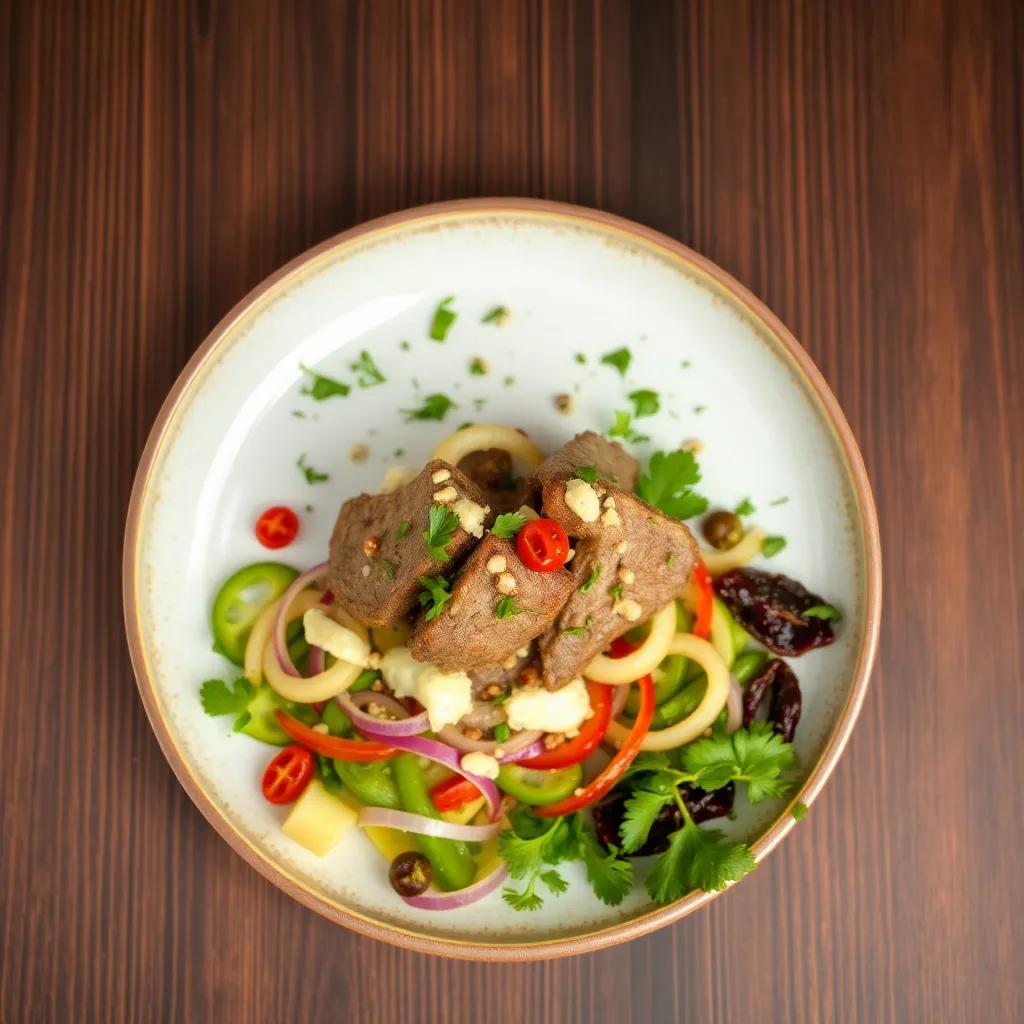
Behind the Recipe
The lamb gyro is a cherished symbol of Greek street food—a dish born from humble beginnings but embraced worldwide for its bold, comforting flavors. Traditionally, gyros were created as a quick, satisfying meal for busy workers in the bustling urban corners of Athens and Thessaloniki. The name “gyro” itself means “circle” or “turn” in Greek, referencing the vertical rotisserie where seasoned meat slowly cooks as it spins, layered and sliced fresh to order. This recipe captures that essence of tradition, translating it into a simple homemade version that anyone can make without specialized equipment.
Growing up, many Greek families would gather around a table laden with freshly made gyros, sharing stories and laughter as the aromas of oregano, garlic, and lamb filled the air. The layers of flavors—spiced meat, creamy tzatziki, crisp vegetables, and warm pita—reflect the heart of Mediterranean hospitality, where food nourishes both body and connection. This homemade adaptation honors that spirit by prioritizing approachable ingredients and straightforward steps while preserving the unmistakable character of the dish.
What makes this recipe meaningful is its balance of respect for cultural roots and practicality for a modern home kitchen. It’s not just about the taste but about bringing a slice of Greek heritage into your everyday life, a way to celebrate tradition without barriers. Whether served for a festive gathering or a casual family dinner, these lamb gyros invite you to experience a small but flavorful piece of Greece, embodying centuries of culinary craft in every satisfying bite.
FAQ
Can I use a different cut of lamb for the gyro meat?
What’s a good substitute if I don’t eat lamb?
How do I store leftovers and reheat without drying the meat?
Can I make the gyro sauce (tzatziki) ahead of time?
What are some easy ways to customize the toppings?
Is it possible to freeze the cooked gyro meat?
Time to Dig In
There’s something truly special about crafting your own lamb gyro at home—the rich, authentic flavors, the tender meat, and the fresh, vibrant toppings all come together to create a taste experience that’s both comforting and exciting. With this easy guide, you’ve got everything you need to bring a little Mediterranean magic to your kitchen and enjoy a delicious meal that’s bursting with character.
We’d love to hear how your gyro adventure turns out! Feel free to leave a comment, share your rating, or tell us about any unique twists you added to make the recipe your own. Happy cooking, and here’s to many flavorful meals ahead!


